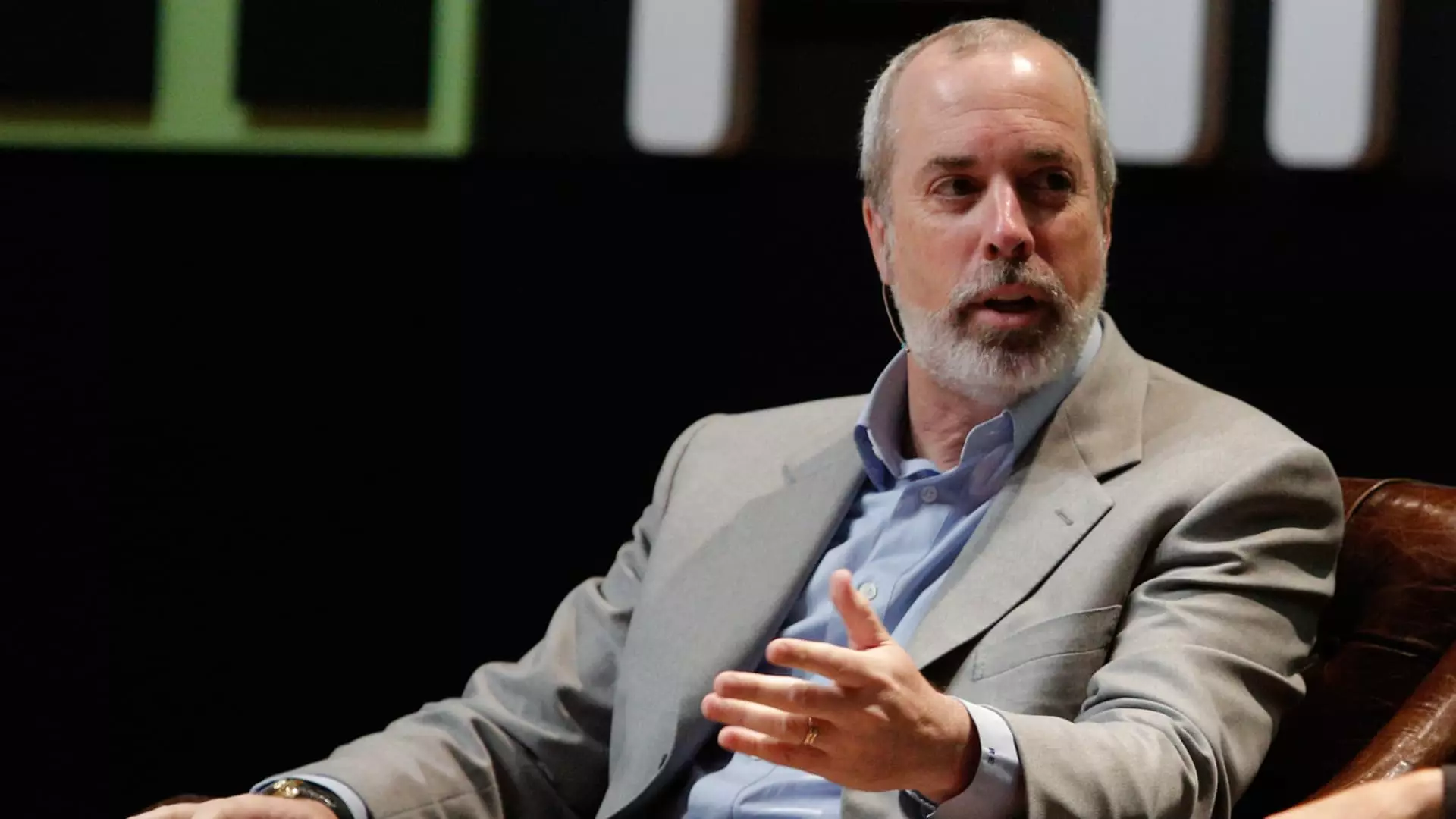In the midst of soaring living costs and unpredictable economic climates, Ric Edelman, a prominent figure in personal finance, has delivered a blunt assessment of America’s financial literacy crisis. His declaration, “We stink at it,” encapsulates the grim reality facing many Americans today. The fundamental issue lies not only in the individuals’ lack of knowledge but in a systemic failure that perpetuates financial ignorance. Edelman points out that the historical context of financial education in the U.S. has never been robust. This is particularly alarming as lifespans increase and the financial challenges of aging become increasingly significant.
The shift in life expectancy marks an unprecedented era where individuals not only need to contemplate immediate financial needs but also long-term stability, especially as they may now live into their late 80s or beyond. It raises a crucial question: How do we prepare the current and future populations for managing wealth over potentially extended lives? This stark reality heightens the need for proactive measures in financial education, moving from a model that assumed early mortality to one that prepares citizens for lasting financial health.
Risk of a “Get-Rich-Quick” Mentality
One of Edelman’s strongest critiques revolves around the recent trend among young investors who seem drawn to financial gambling rather than sustainable investing. The proliferation of online investment platforms has opened doors, but many mistakenly interpret these as pathways to easy wealth. The allure of options trading and risk-laden strategies is enticing, but Edelman emphasizes the peril of such approaches. A significant portion of retail traders, particularly millennials and Gen Z, are gravitating towards opportunistic trades, increasing their odds of devastating losses.
This inclination towards get-rich-quick schemes raises a daunting concern: Are we fostering a generation of financial miscreants rather than informed investors? The lack of stringent regulation in a booming options market, coupled with platforms that don’t distinguish between savvy investing and sheer luck, exacerbates the problem. Young individuals, sold on the idea of quick returns, are often unprepared for the realities of financial loss.
The Pitfall of Misinformation in the Digital Age
As Edelman astutely points out, with financial tips and strategies now readily available from sources as casual as TikTok, we are risking the integrity of financial education. Notorious for spreading unreliable and oversimplified financial advice, social media platforms have transformed personal finance into entertainment rather than an essential life skill. This trend allows questionable advice to flourish, creating a society where misconceptions proliferate uncontested.
In an environment where complex financial products abound—a landscape crafted by corporate America that often prioritizes profit over consumer welfare—the necessity for credible information sources becomes even more paramount. Young investors face a dual threat: the complexity of products that aim to confuse and disempower them, and the dangerously oversimplified narratives that flood their social media feeds.
The Legislative Landscape: A Glimmer of Hope
Edelman’s commentary doesn’t overlook the strides made in legislative reforms regarding financial education. Encouragingly, 27 states have now instituted mandatory personal finance courses for high school students, signaling an awakening to the imperative of equipping young individuals with essential financial skills. Still, this progress feels painfully slow in the face of urgent needs.
The introduction of mandatory courses provides a framework that could significantly alter the financial literacy landscape for future generations. However, the challenge remains immense. Many states still lack comprehensive programs that encompass practical, real-world financial understanding—an area severely lacking in modern education curriculum. It’s not enough to simply check the box; these courses must engage students in meaningful ways to prepare them for the realities of adult financial life.
Millennials and Gen Z: The Financially Ambitious Generation
Despite the overwhelming challenges presented, there’s a nucleus of hope in Edelman’s analysis: the zeal among younger generations to achieve financial independence. Observing the financial struggles faced by their parents, today’s youth are determined to carve out a different future. With the right guidance and education, they possess the potential to reinvent the financial landscape altogether.
As we move forward, it is essential to harness this drive for knowledge and fervor for improvement, supporting initiatives aimed at enhancing financial literacy. The path toward a financially educated society is fraught with obstacles, but with determination and a commitment to reform—along with the willingness of young people to engage with their financial futures—there lies the promise of a more secure and informed America.

